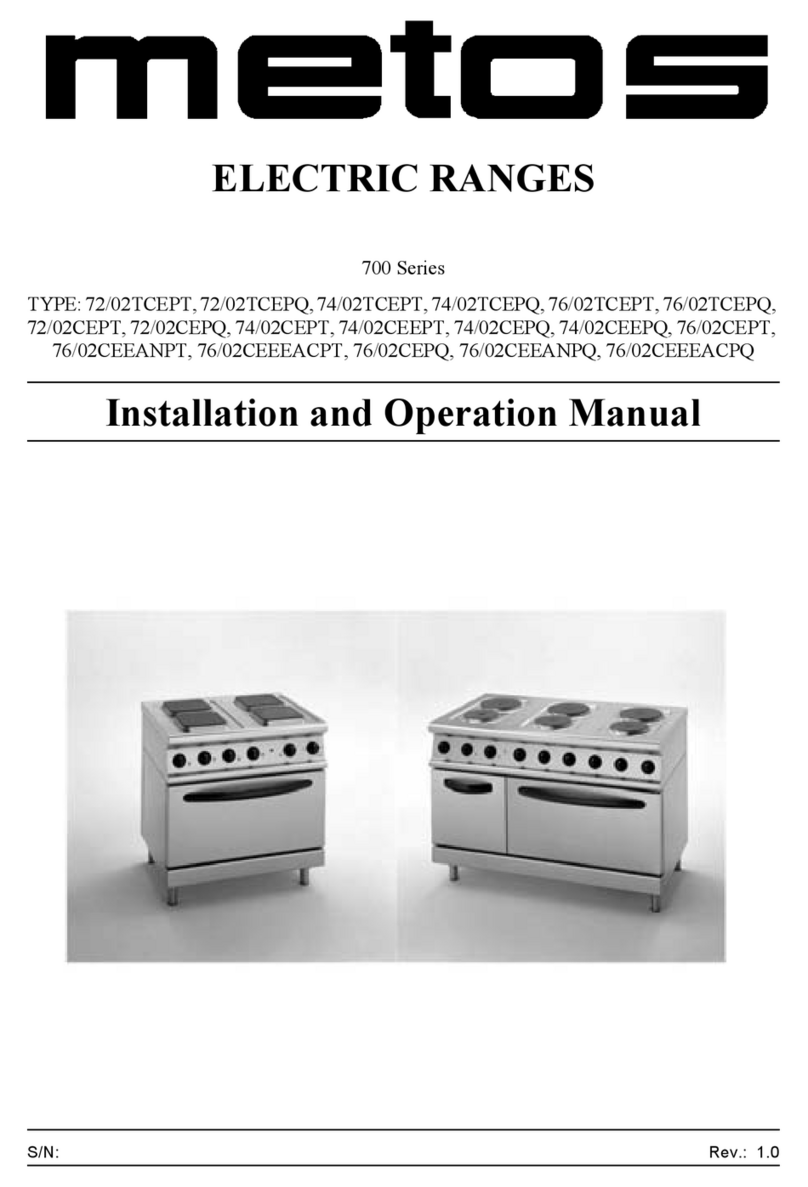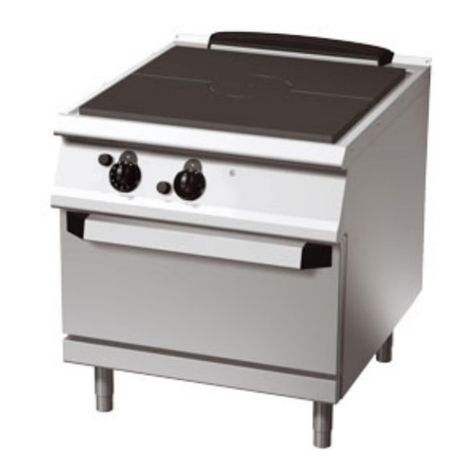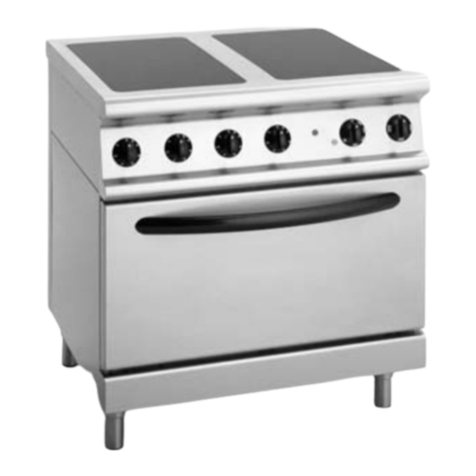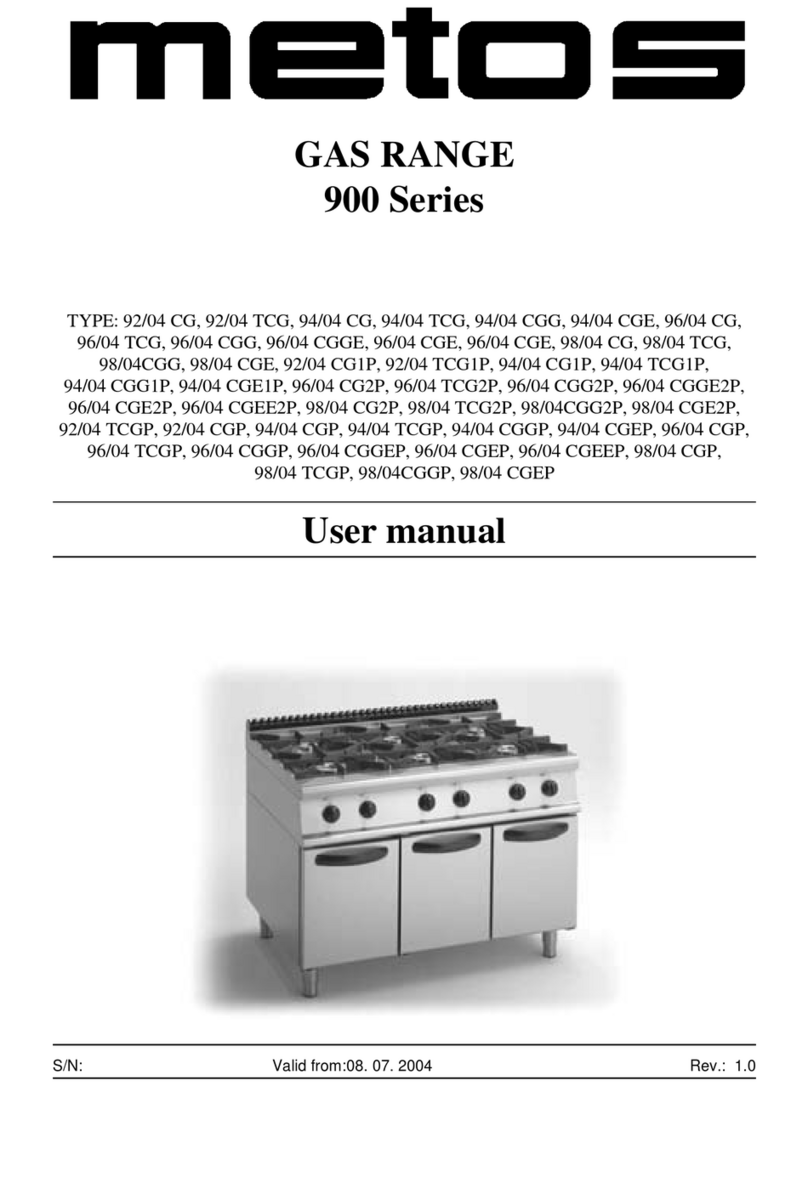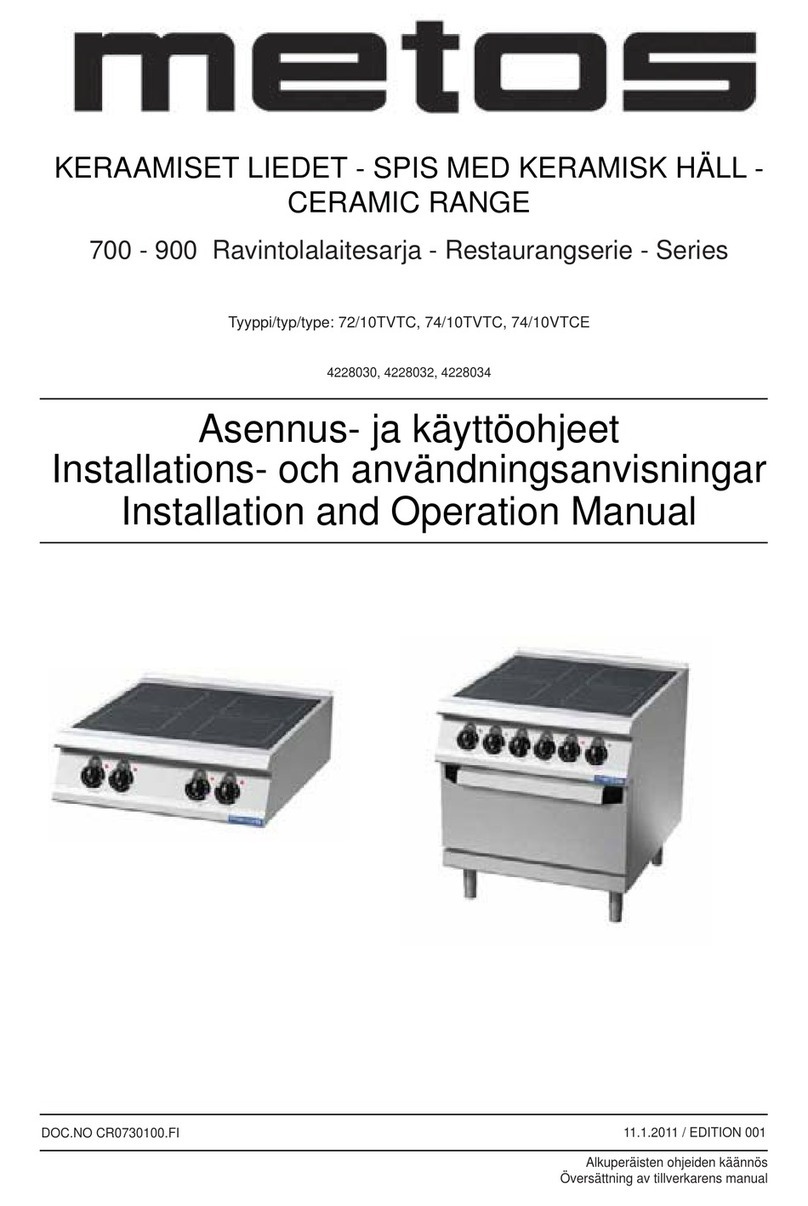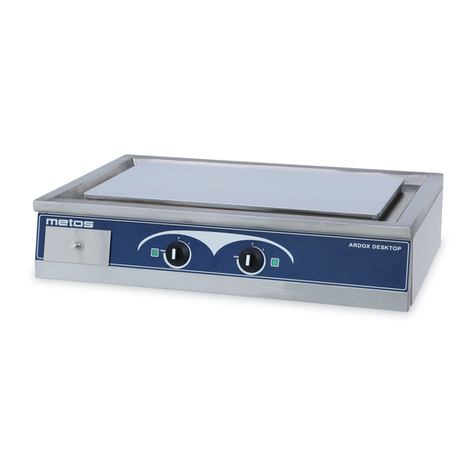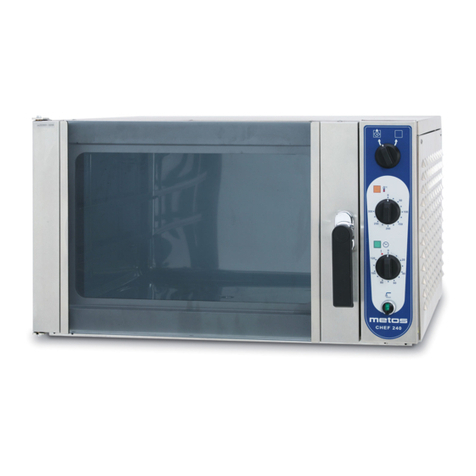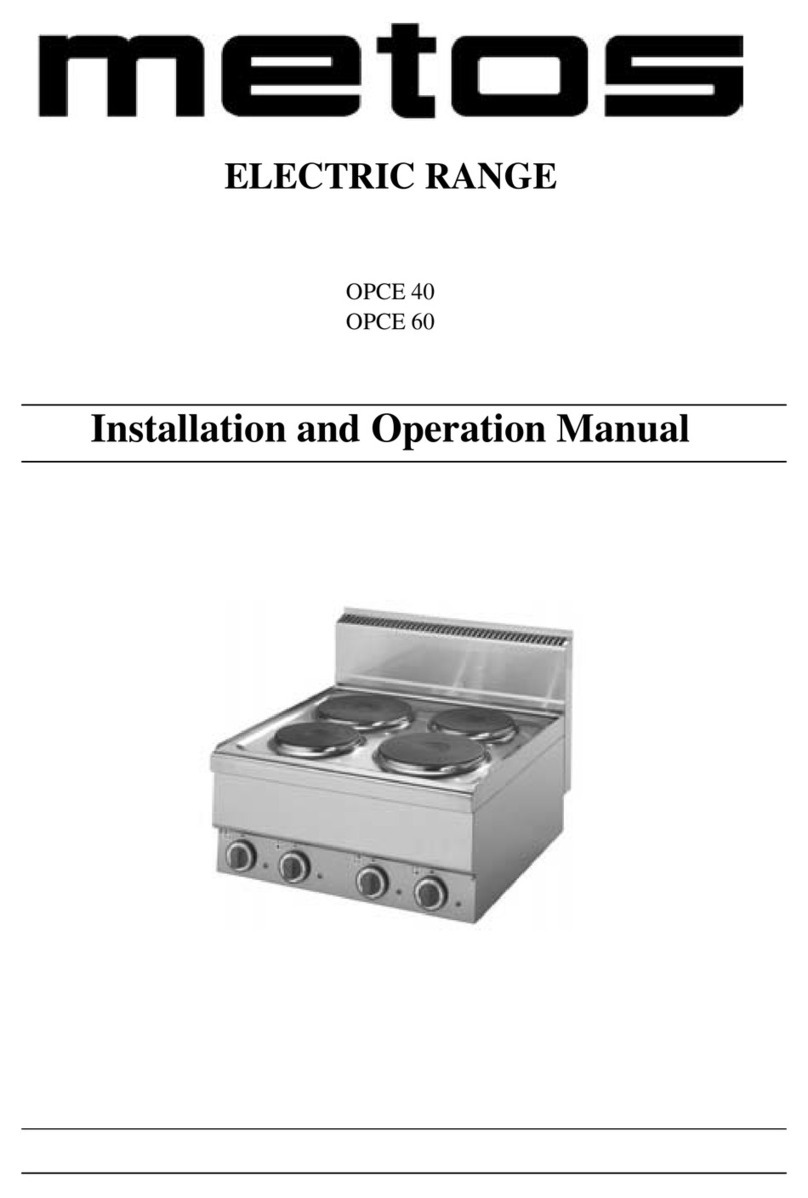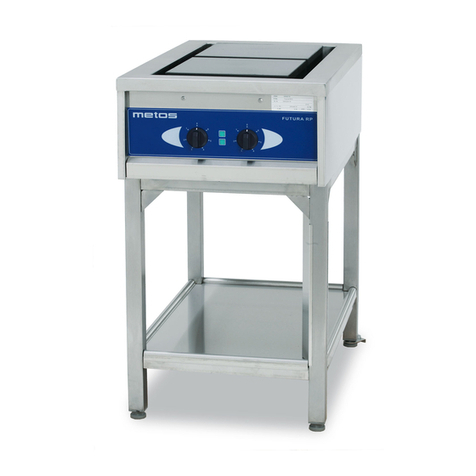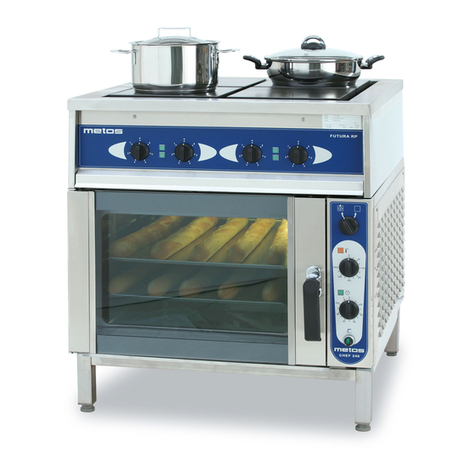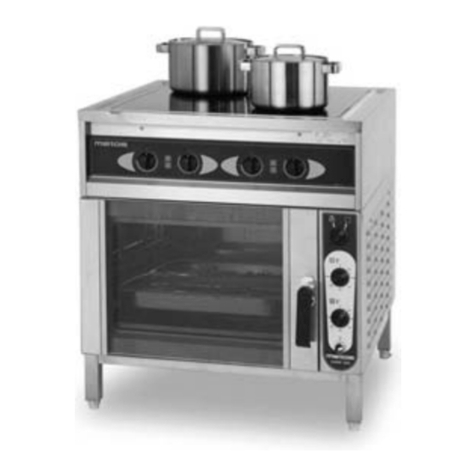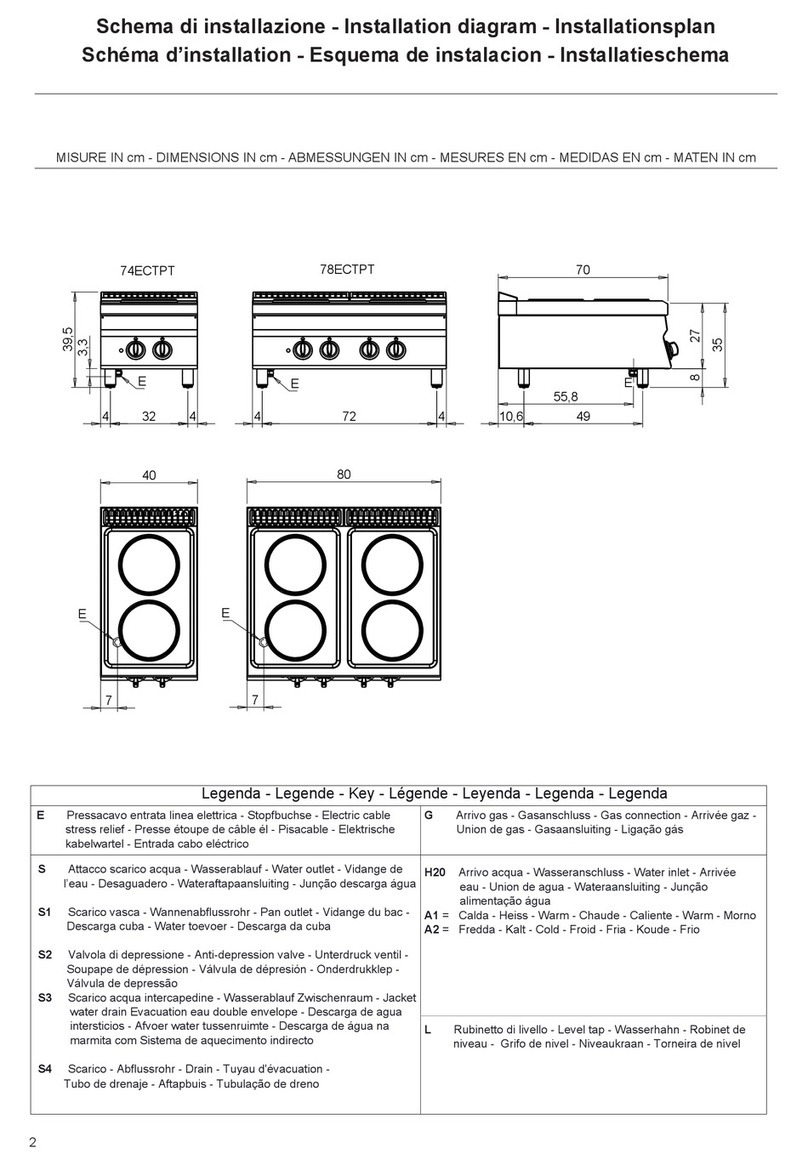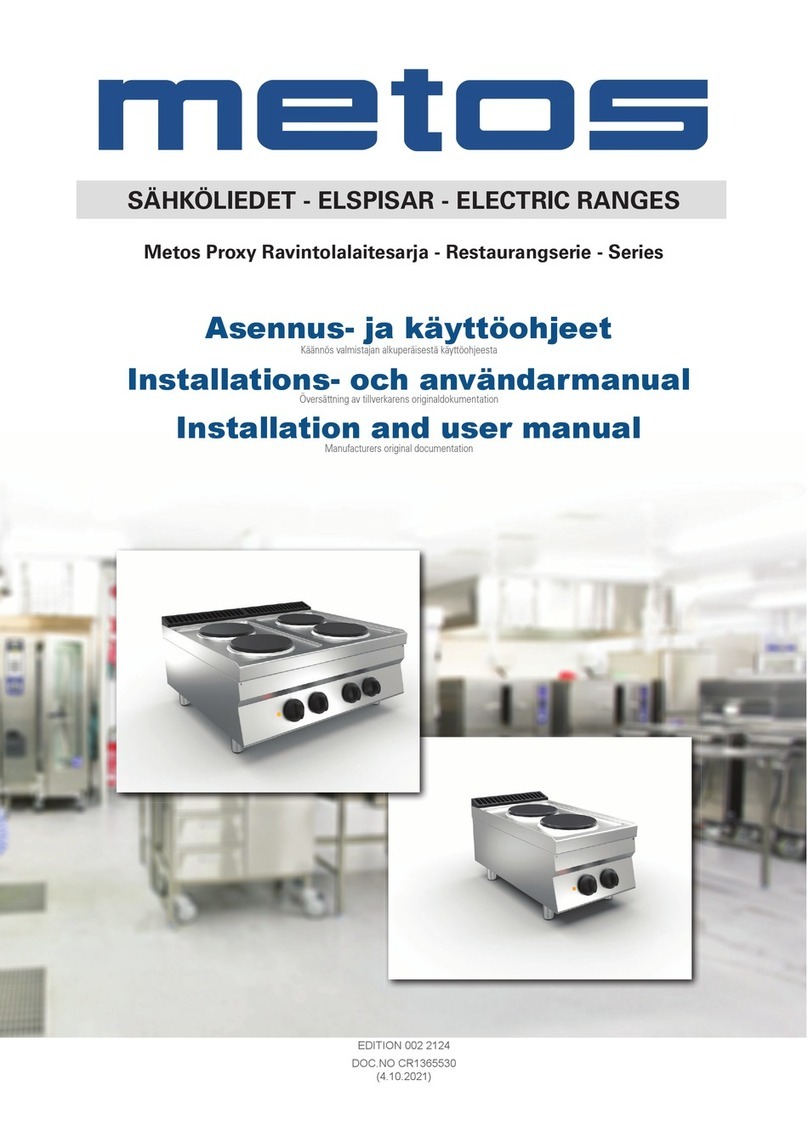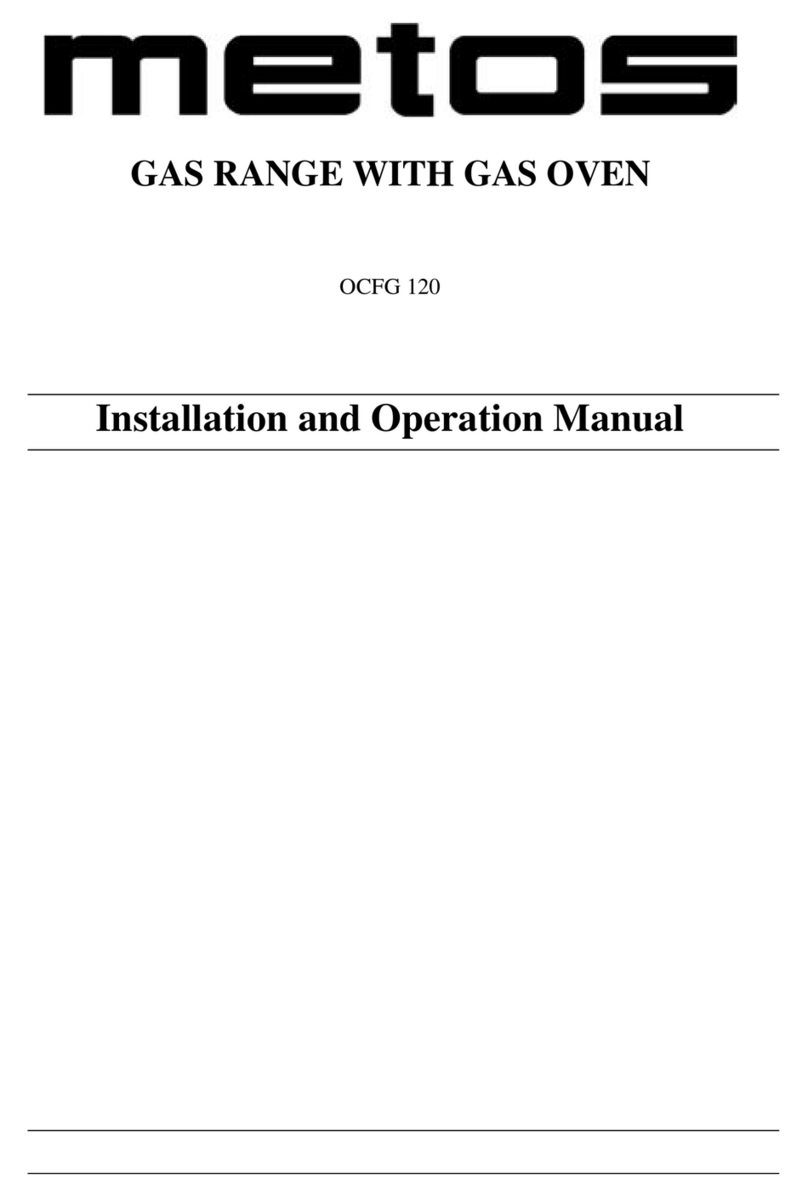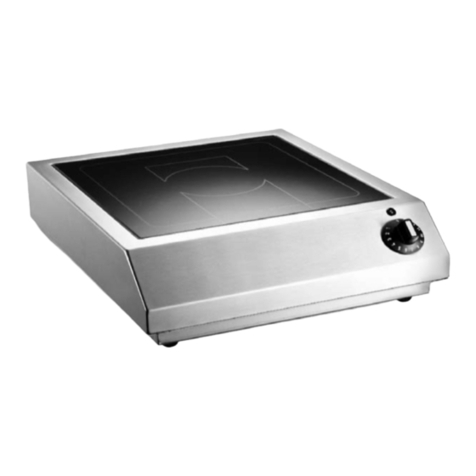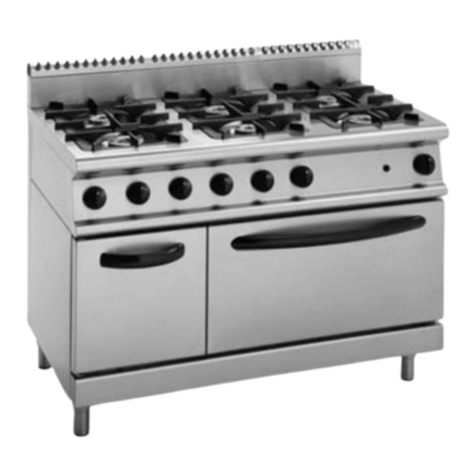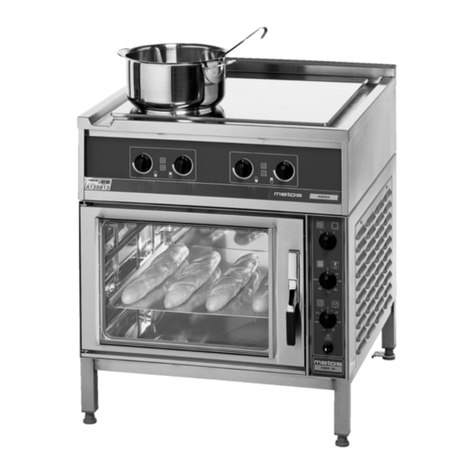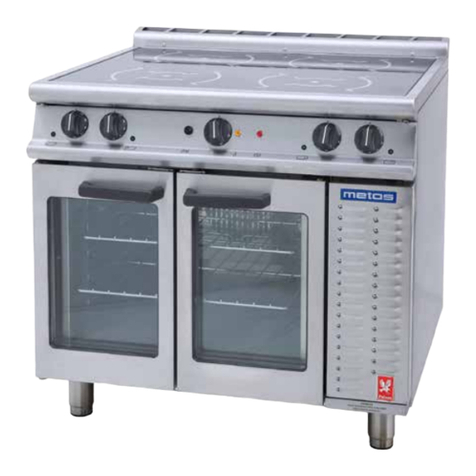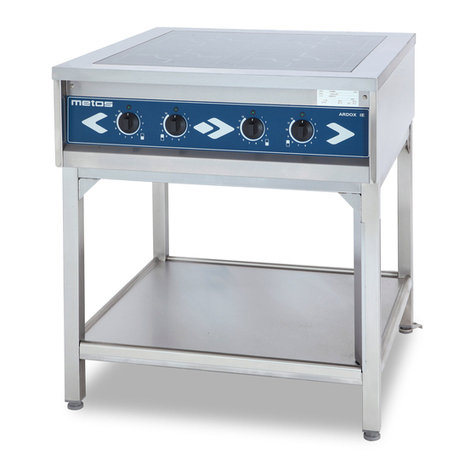
3.9.2004 Rev.
1. General information ..................................................................................... 1
1.1 Symbols used in the manual .......................................................................................... 1
1.2 Symbols used on the appliance ...................................................................................... 2
1.3 Checking correspondence between the appliance and the manual ................................ 2
2. Safety .............................................................................................................. 3
2.1 Using the appliance safely ............................................................................................. 3
2.2 Safety instructions in case of malfunction ..................................................................... 3
2.3 Additional prohibitions (hazardous procedures) ........................................................... 3
2.4 Disposing of the appliance ............................................................................................ 3
3. Functional description .................................................................................. 4
3.1 Application of the appliance .......................................................................................... 4
3.1.1 Unintended usage ................................................................................................... 4
3.2 Construction .................................................................................................................. 4
3.2.1 Construction features ............................................................................................. 4
3.2.2 Cooking tops .......................................................................................................... 5
3.2.3 Gas ovens ............................................................................................................... 6
3.2.4 Electric ovens ......................................................................................................... 6
4. Operating instructions ................................................................................. 7
4.1 Before using the appliance ............................................................................................ 7
4.1.1 Preparing the appliance for use .............................................................................. 7
4.2 Using the appliance ....................................................................................................... 8
4.2.1 Operating controls .................................................................................................. 8
4.2.2 Switching the open fire burners on and off ............................................................ 9
4.2.3 Lighting the gas oven ........................................................................................... 10
4.2.4 Lighting the electrical oven ................................................................................. 11
4.2.5 Safety thermostat ................................................................................................. 12
4.2.6 Preheating ............................................................................................................ 12
4.3 After-use care .............................................................................................................. 12
4.3.1 Cleaning ............................................................................................................... 12
4.3.2 Idle period ............................................................................................................ 13
4.3.3 Periodic maintenance ........................................................................................... 13
5. Installation ................................................................................................... 14
5.1 General information ..................................................................................................... 14
5.1.1 Regulatory installation conditions ....................................................................... 14
5.2 Exhausting fumes ........................................................................................................ 14
5.3 Possible environmental interference ............................................................................ 15
